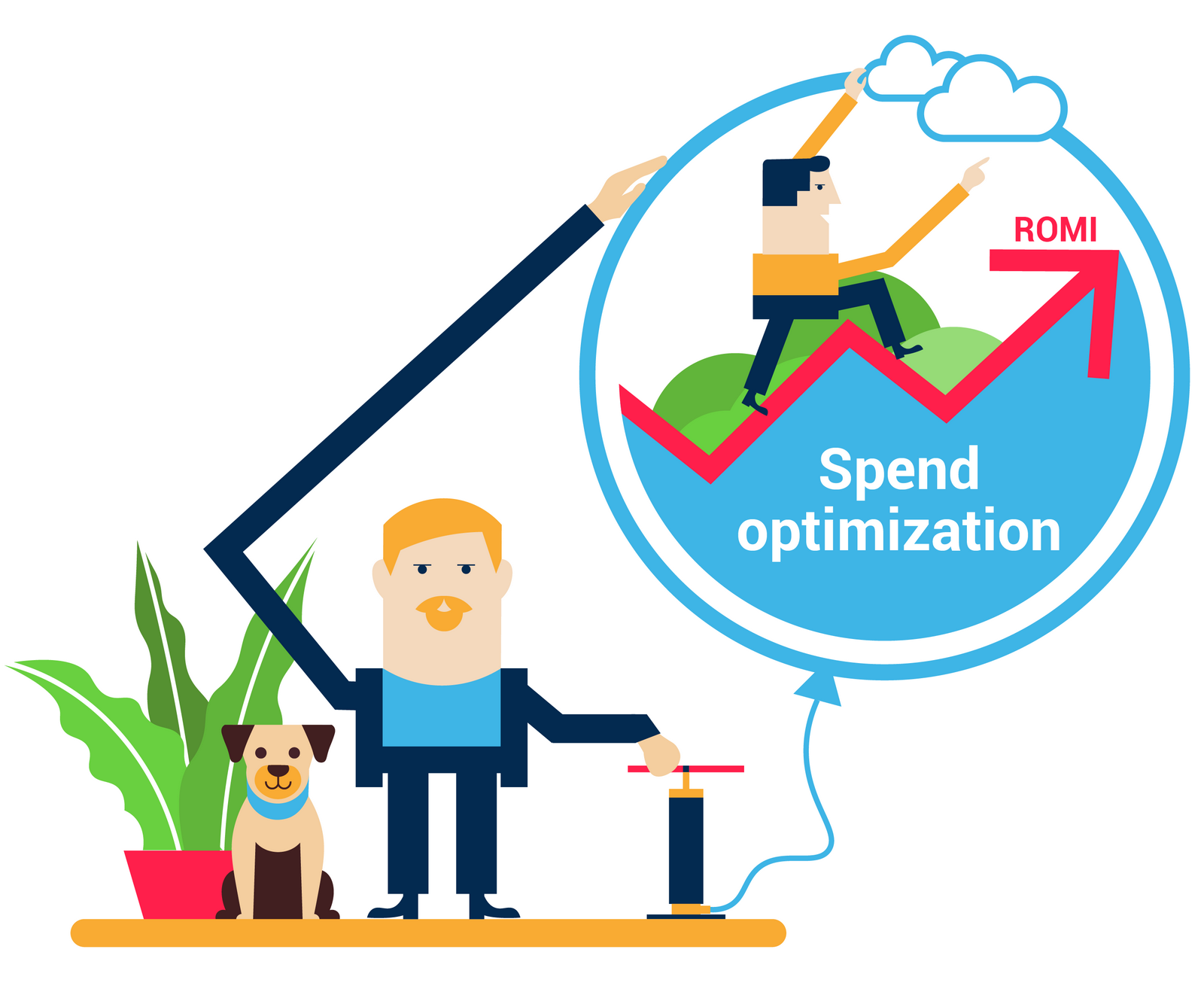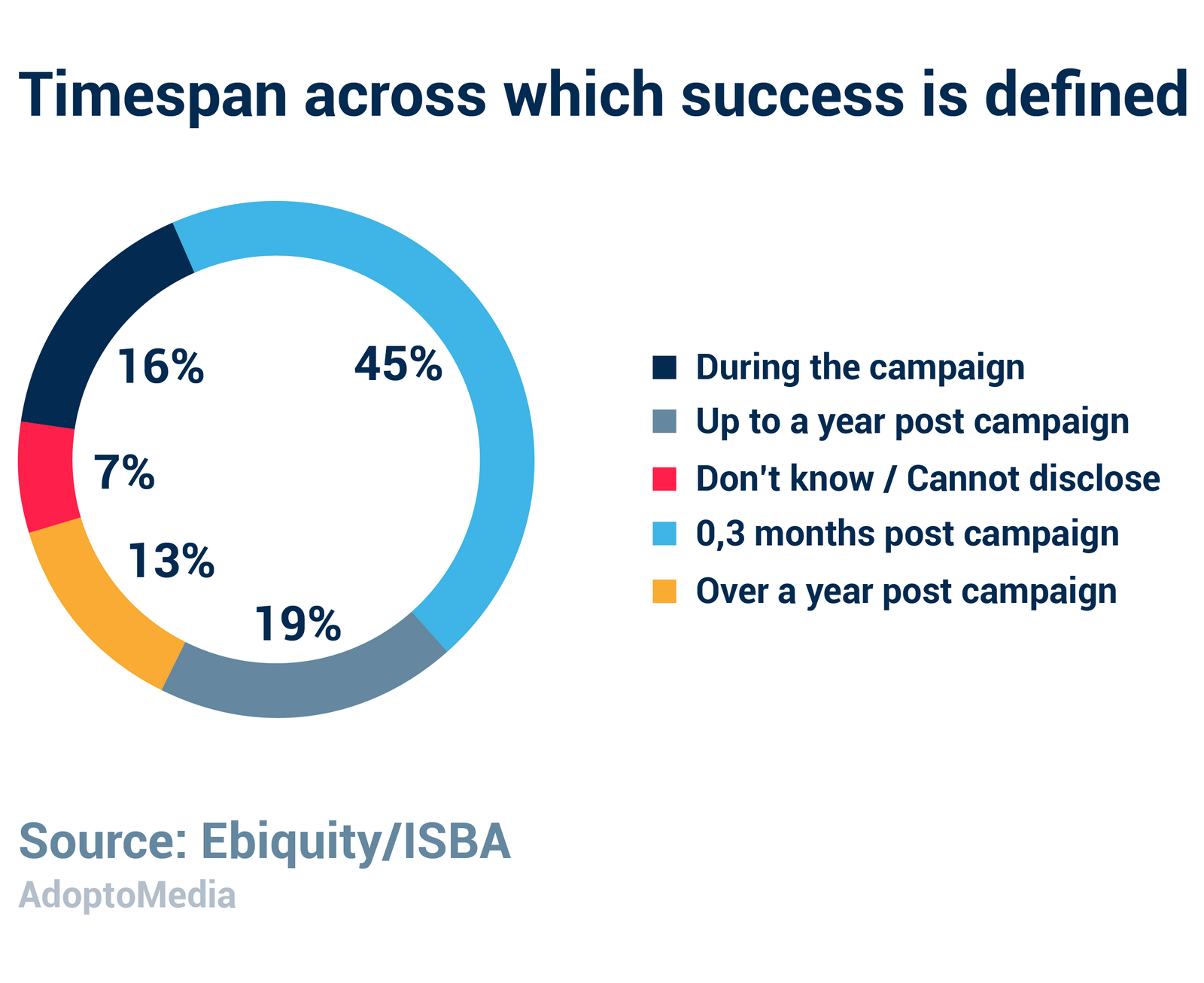
Over the last decade marketing effectiveness has been slowly declining and the industry has gone through a lot of changes. In attempt to save budgets many companies decided to reduce this expenditure area, but how wise was this move, given that marketing drives growth and enterprise value? This article covers an approach everyone should take when it comes to budget allocation.
Marketers all over the world are under pressure to justify their huge spend, which amounts to 10% of revenue on average. In 2017 Binet & Field published a book called Marketing Effectiveness in the Digital Era, where they wrote that marketing effectiveness is currently declining. There are a few possible reasons behind such a trend:
-
media fragmentation / complexity;
-
too many metrics: address this issue by identifying key metrics for your organization;
-
marketing effectiveness culture is still developing;
-
lack of collaboration within a company: marketing and finance alone have four obstacles complicating their cooperation;
-
narrow focus on some attribution models;
-
focus on short-term results: the pie chart below demonstrates when campaign performance is measured. More than half of all respondents focused on immediate outputs, while only a third took into account longer time periods.

But ads’ potential to drive sales in short term is not the whole picture: daily impact makes up only 18% (can be measured and improved with digital attribution), while even weekly or monthly impact reaches 42% (measured with marketing mix modelling). You might be surprised, but monthly or yearly contribution is 100% (analyzed through brand equity modelling). The key takeout here is focusing on longer-term results aligned with overall brand growth strategy will generate outstanding results.
In 2017-18, some major advertisers started significantly cutting marketing spend. For example, P&G aimed to reduce spending by $10 billion by 2022; it established an in-house agency, which saved $750 million, as part of the new strategy. While the initial effects of in-housing can be impressive, it may not sustain those saving levels over the long term. That is why you should rather think about the long-term consequences as well as choose the right strategy for moving some capabilities in-house. Another consumer goods giant – Unilever is going to reduce creative agencies by 50%, the amount and frequency of ads by 30% and 10% respectively. It is happening partly because procurement has started taking part in investment decisions with quite positive results. P&G in 2018 even increased its digital reach by 10%, while cutting digital marketing spend by $200mln. All these measures address latest challenges marketers face, especially in the digital sphere, namely:
Facebook admitted that sometimes video views were overstated.
Ads appear next to inappropriate content especially on YouTube, so a lot of brands refused from this platform.
Ad fraud and bots decrease ad value.
Personal information of millions of Facebook users was accessed without permission (the Cambridge Analytica scandal).
Challenges often drive growth and improvement, prompting the development of tools that enhance transparency within the industry. This need for greater transparency stems from a scandal that emerged following the 2016 K2 Intelligence report, commissioned by the Association of National Advertisers (ANA). The investigetion, which involved the FBA, revealed shady practices across the industry in media-buying. Consecuently many brands reassessed their relationships with agencies or even eliminated their services altogether. Despite these challenges, scandals, and uncertainties, marketing continues to positively impact companies; on average, for every $1 spent on marketing, brands see a return on investment (ROI) of $2.83.
Ebiquity – a global leading consultancy found that companies all over the world could be getting $45bln more with an optimized marketing spend, after analyzing 2,500 advertising campaigns in Western Europe and the US over 3 years. They analyzed spends, sales, ROMI, halo effects and measured the performance of TV, radio, digital video, press, digital display and OOH. If data was insufficient or response curves couldn’t be calculated for some channels, their effectiveness wasn’t evaluated. According to their research results, ROMI can be increased by 4,3% globally through optimization, in other words, companies can get $45bln more profit. So the answer is: “Optimize instead of cutting budgets.” If you cut spend, it might cause incremental sales to fall in the long-term. Of course, there is no universal optimization advice because the result may vary depending on the industry, market, individual company, but understand that marketing spend is not a cost, it’s an investment.
Marketing spend is not a cost, it’s an investment.
Even with the same level of spend but with optimized allocation, brands can save up to $15billion without affecting their profit. Use the best measurement tools and analytics to measure your ROMI by channel or region; after that, you will have all the information to make necessary adjustments. AdoptoMedia offers a proprietary tool that is perfect for such tasks. It forecasts ROMI and measures it in real time. In this case study of modeling a bank’s media mix, ROMI increased by 15% as a result of our platform implementation. Our platform helped to calculate an optimal marketing budget by product and channel, as well as eliminate ineffective ones. Another advantage of the solution is that it allows for in-campaign tactical changes. With this tool you can optimize expenses, generate actionable tactical decisions based on data-driven insights and achieve best-in-class marketing accountability.


